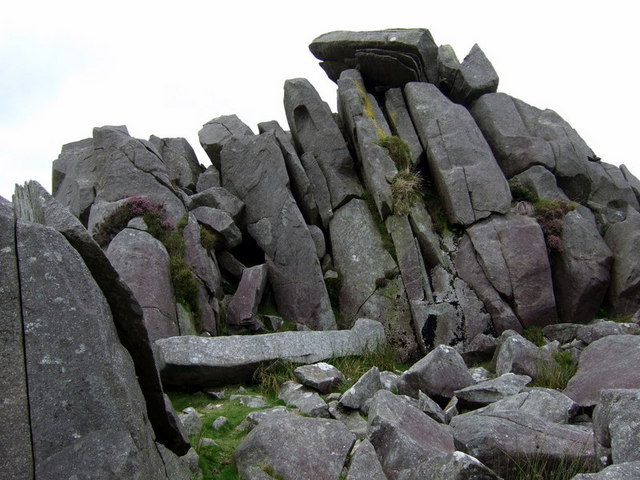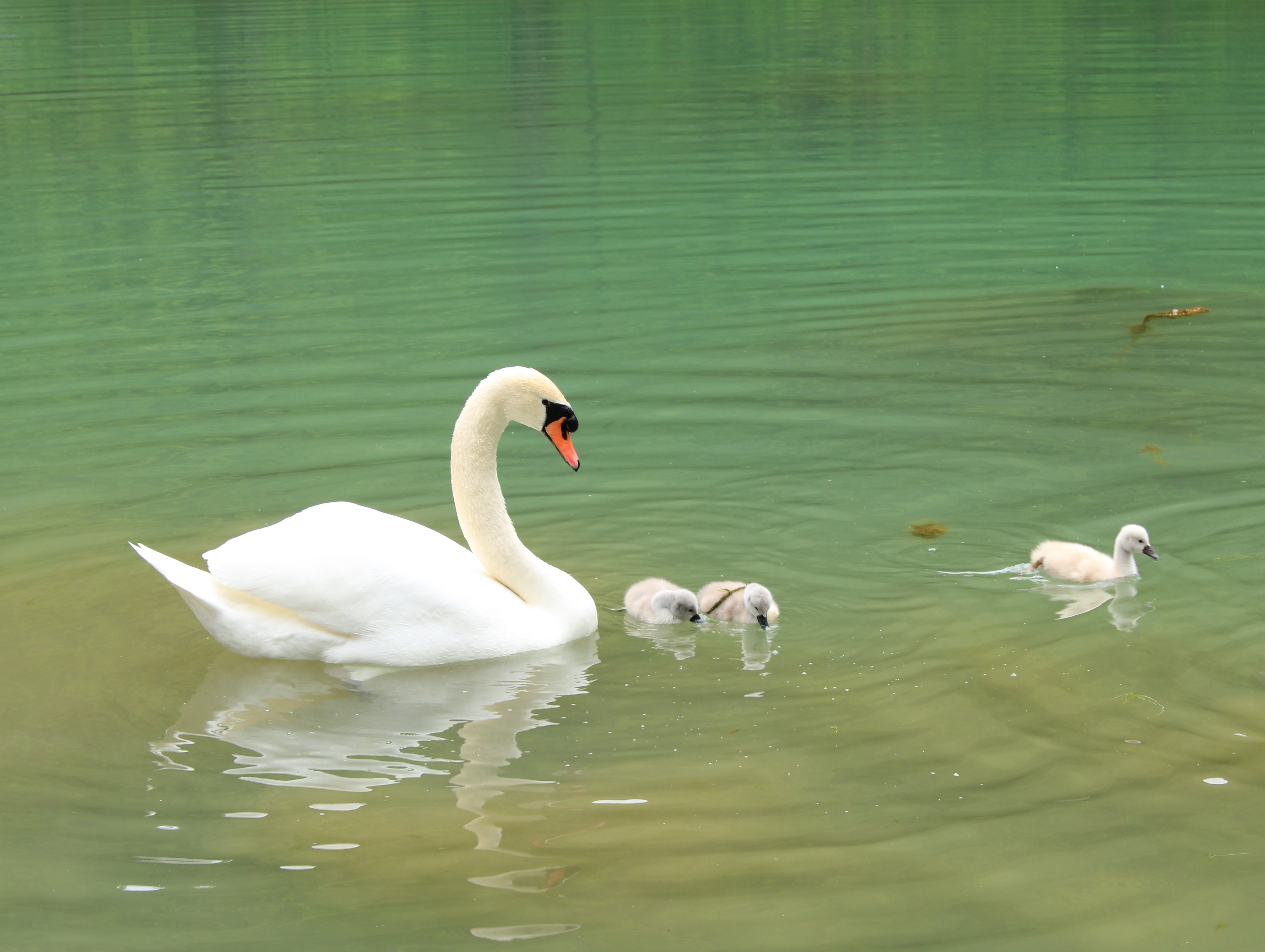|
Balyang Sanctuary
Balyang Sanctuary is a public park in the suburb of Newtown, Geelong. Situated at on the banks of the Barwon River, it is in size and consists of open park lands, lakes, and wetlands. It was opened in 1973. History The area occupied by Balyang Sanctuary was once owned by Captain Foster Fyans, who purchased it in 1845 at the first government land sale. It was on that land that Foster built his permanent home, "Bellbird Balyang", to remember a young Aboriginal Australian who accompanied him in the early days of the Geelong settlement. The land was mainly used for grazing, as it was low lying and subject to flooding. It was reserved as public open space under the Geelong Planning Scheme 1959, with the local City of Newtown responsible for acquiring the land. Negotiations began in 1965, but the landowner, H.S. Hargraves, wanted to continue using the land. It was not until 1969 that a price was determined. Also during 1965, the current Princes Bridge at the end of Shannon Av ... [...More Info...] [...Related Items...] OR: [Wikipedia] [Google] [Baidu] |
Newtown, Victoria
Newtown is an inner western suburb of Geelong, Victoria, Australia. At the , Newtown had a population of 10,445. It is a primarily residential area occupying one of the highest points of urban Geelong. It has always been a desirable place of residence and is the location of many of Geelong's oldest and most valuable properties. The locality of Chilwell is part of Newtown, and together Newtown and Chilwell were a municipality from 1858 to 1993 after which they were amalgamated with other municipalities to form the City of Greater Geelong in 1993. History Chilwell Post Office opened here on 1 April 1912 (closing in 1993). Bareena Post Office opened in 1911 in the area and remains open. The Geelong Highland Gathering is an annual Highland Games held at Queens Park and first began in the 1850s. Heritage listed sites Newtown contains a number of heritage listed sites, including: * 7 Aberdeen Street, Aberdeen Street Baptist Church * 263 Pakington Street, Armytage House * 3 ... [...More Info...] [...Related Items...] OR: [Wikipedia] [Google] [Baidu] |
Geelong, Victoria
Geelong ( ) (Wathawurrung language, Wathawurrung: ''Djilang''/''Djalang'') is a port city in Victoria, Australia, located at the eastern end of Corio Bay (the smaller western portion of Port Phillip Bay) and the left bank of Barwon River (Victoria), Barwon River, about southwest of Melbourne. With an estimated population of 282,809 in 2023, Geelong is the second-largest city in the state of Victoria. It is the administrative centre for the City of Greater Geelong municipality, which is Port Phillip's only regional metropolitan area, and covers all the urban, rural and coastal reserves around the city including the entire Bellarine Peninsula and running from the plains of Lara, Victoria, Lara in the north to the rolling hills of Waurn Ponds to the south, with Corio Bay to the east and the Barrabool Hills to the west. The traditional owners of the land on which Geelong sits are the Wadawurrung (also known as Wathaurong) Indigenous Australians, Aboriginal people of the Kulin natio ... [...More Info...] [...Related Items...] OR: [Wikipedia] [Google] [Baidu] |
Barwon River (Victoria)
The Barwon River is a perennial river of the Corangamite catchment, located in The Otways and the Bellarine Peninsula regions of the Australian state of Victoria. Location and features Fed by the confluence of the East and West Branches of the river, the Barwon River rises in the Otway Ranges and flows generally north by east and then east, joined by thirteen tributaries including the Leigh and Moorabool rivers and flowing through Lake Connewarre, before reaching its mouth and emptying into Bass Strait at Barwon Heads. The river flows adjacent to the settlement of Winchelsea and Greater Geelong. The estuarine section of the river forms part of the Port Phillip Bay (Western Shoreline) and Bellarine Peninsula Ramsar Site as a wetland of international importance, as well as of the Bellarine Wetlands Important Bird Area. From its highest point including its source confluence, the river descends over its course. The river is crossed by a number of bridges in Geelon ... [...More Info...] [...Related Items...] OR: [Wikipedia] [Google] [Baidu] |
Foster Fyans
Foster Fyans (September 1790 – 23 May 1870) was an Irish military officer, penal colony administrator and public servant. He was acting commandant of the second convict settlement at Norfolk Island, the commandant of the Moreton Bay penal settlement at Brisbane, the first police magistrate at Geelong, and commissioner of crown lands for the Portland Bay pastoral district in the Port Phillip District of New South Wales. He is the great-great-grandfather of actor Sam Neill. Early life Fyans was born and baptised as an Anglican at Clontarf, Dublin in 1790, his father being a carpenter and a coach-maker in that city. He was educated at Drogheda Grammar School and at the Prospect School in Blackrock, Dublin. Peninsula War Fyans joined the British Army in 1811, being assigned the junior rank of ensign in the 67th Regiment of Foot. His battalion was soon deployed to assist in the Peninsula War. Fyans was present at both Cádiz and Cartagena while these cities were under siege from ... [...More Info...] [...Related Items...] OR: [Wikipedia] [Google] [Baidu] |
Aboriginal Australians
Aboriginal Australians are the various indigenous peoples of the Mainland Australia, Australian mainland and many of its islands, excluding the ethnically distinct people of the Torres Strait Islands. Humans first migrated to Australia (continent), Australia 50,000 to 65,000 years ago, and over time formed as many as 500 List of Aboriginal Australian group names, language-based groups. In the past, Aboriginal people lived over large sections of the continental shelf. They were isolated on many of the smaller offshore islands and Tasmania when the land was inundated at the start of the Holocene Interglacial, inter-glacial period, about 11,700 years ago. Despite this, Aboriginal people maintained extensive networks within the continent and certain groups maintained relationships with Torres Strait Islanders and the Makassar people, Makassar people of modern-day Indonesia. Over the millennia, Aboriginal people developed complex trade networks, inter-cultural relationships, law ... [...More Info...] [...Related Items...] OR: [Wikipedia] [Google] [Baidu] |
City Of Newtown
The City of Newtown was a local government area about west of the regional city of Geelong, Victoria, Australia. The city covered an area of , and existed from 1858 until 1993. History Newtown and Chilwell was first incorporated as a borough on 9 March 1858, and became a town on 16 April 1924. It was proclaimed a city on 7 October 1949. It was renamed the City of Newtown on 22 November 1967. Accessed at State Library of Victoria, La Trobe Reading Room. On 18 May 1993, the City of Newtown was abolished, and along with the Cities of Geelong and Geelong West, the Rural City of Bellarine, the Shire of Corio, and parts of the City of South Barwon and the Shires of Barrabool and Bannockburn, was merged into the newly created City of Greater Geelong The City of Greater Geelong is a local government area in the Barwon South West region of Victoria, Australia, located in the western part of the state. It covers an area of and, had a population of 271,057 as of the 2021 Austral ... [...More Info...] [...Related Items...] OR: [Wikipedia] [Google] [Baidu] |
Bluestone
Bluestone is a cultural or commercial name for a number of natural dimension stone, dimension or building stone varieties, including: * basalt in Victoria (Australia), Victoria, Australia, and in New Zealand * diabase, dolerites in Tasmania, Australia; and in Britain (including Stonehenge) * feldspar, feldspathic sandstone in the US and Canada * limestone in the Shenandoah Valley in the US, from the Hainaut (province), Hainaut quarries in Soignies, Belgium, and from quarries in County Carlow, County Galway and County Kilkenny in Ireland * slate in South Australia It is unrelated to human-made blue brick. Stonehenge The term "bluestone" in Britain is used in a loose sense to cover all of the "foreign", not intrinsic, stones and rock debris at Stonehenge. It is a "convenience" label rather than a geological term, since at least 46 different rock types are represented. One of the most common rocks in the assemblage is known as Preseli spotted dolerite—a chemically altered i ... [...More Info...] [...Related Items...] OR: [Wikipedia] [Google] [Baidu] |
Introduced Species
An introduced species, alien species, exotic species, adventive species, immigrant species, foreign species, non-indigenous species, or non-native species is a species living outside its native distributional range, but which has arrived there by human activity, directly or indirectly, and either deliberately or accidentally. Non-native species can have various effects on the local ecosystem. Introduced species that become established and spread beyond the place of introduction are considered naturalized. The process of human-caused introduction is distinguished from biological colonization, in which species spread to new areas through "natural" (non-human) means such as storms and rafting. The Latin expression neobiota captures the characteristic that these species are ''new'' biota to their environment in terms of established biological network (e.g. food web) relationships. Neobiota can further be divided into neozoa (also: neozoons, sing. neozoon, i.e. animals) and ne ... [...More Info...] [...Related Items...] OR: [Wikipedia] [Google] [Baidu] |
Swan
Swans are birds of the genus ''Cygnus'' within the family Anatidae. The swans' closest relatives include the goose, geese and ducks. Swans are grouped with the closely related geese in the subfamily Anserinae where they form the tribe (biology), tribe Cygnini. Sometimes, they are considered a distinct subfamily, Cygninae. They are the largest Anseriformes, waterfowl and are often among the largest Bird flight, flighted birds in their range. There are six living and many extinct species of swan; in addition, there is a species known as the coscoroba swan which is no longer considered one of the true swans. Swans usually mate for life, although separation sometimes occurs, particularly following nesting failure, and if a mate dies, the remaining swan will take up with another. The number of bird egg, eggs in each :wikt:clutch, clutch ranges from three to eight. Taxonomy and terminology The genus ''Cygnus'' was introduced in 1764 by the French naturalist François Alexandre Pier ... [...More Info...] [...Related Items...] OR: [Wikipedia] [Google] [Baidu] |
Pelicans
Pelicans (genus ''Pelecanus'') are a genus of large water birds that make up the family Pelecanidae. They are characterized by a long beak and a large throat pouch used for catching prey and draining water from the scooped-up contents before swallowing. They have predominantly pale plumage, except for the brown and Peruvian pelicans. The bills, pouches, and bare facial skin of all pelicans become brightly coloured before the breeding season. The eight living pelican species have a patchy, seasonally-dependent yet global distribution, ranging latitudinally from the tropics to the temperate zone. Pelicans are absent from interior Amazonian South America, from polar regions and the open ocean; at least one species is known to migrate to the inland desert of Australia's Red Centre, after heavy rains create temporary lakes. White pelicans are also observed at the American state of Utah's Great Salt Lake, for example, some 600 miles (965 km) from the nearest coastline (the ... [...More Info...] [...Related Items...] OR: [Wikipedia] [Google] [Baidu] |






